Burial practices are as ancient as human civilization itself. Cultures across the world developed unique rituals to honor the dead, often reflecting their beliefs about the afterlife. These ancient rituals were more than just traditions; they were deeply symbolic and varied widely. Here are some of the most fascinating burial practices from ancient cultures.
Ancient Egyptian Mummification
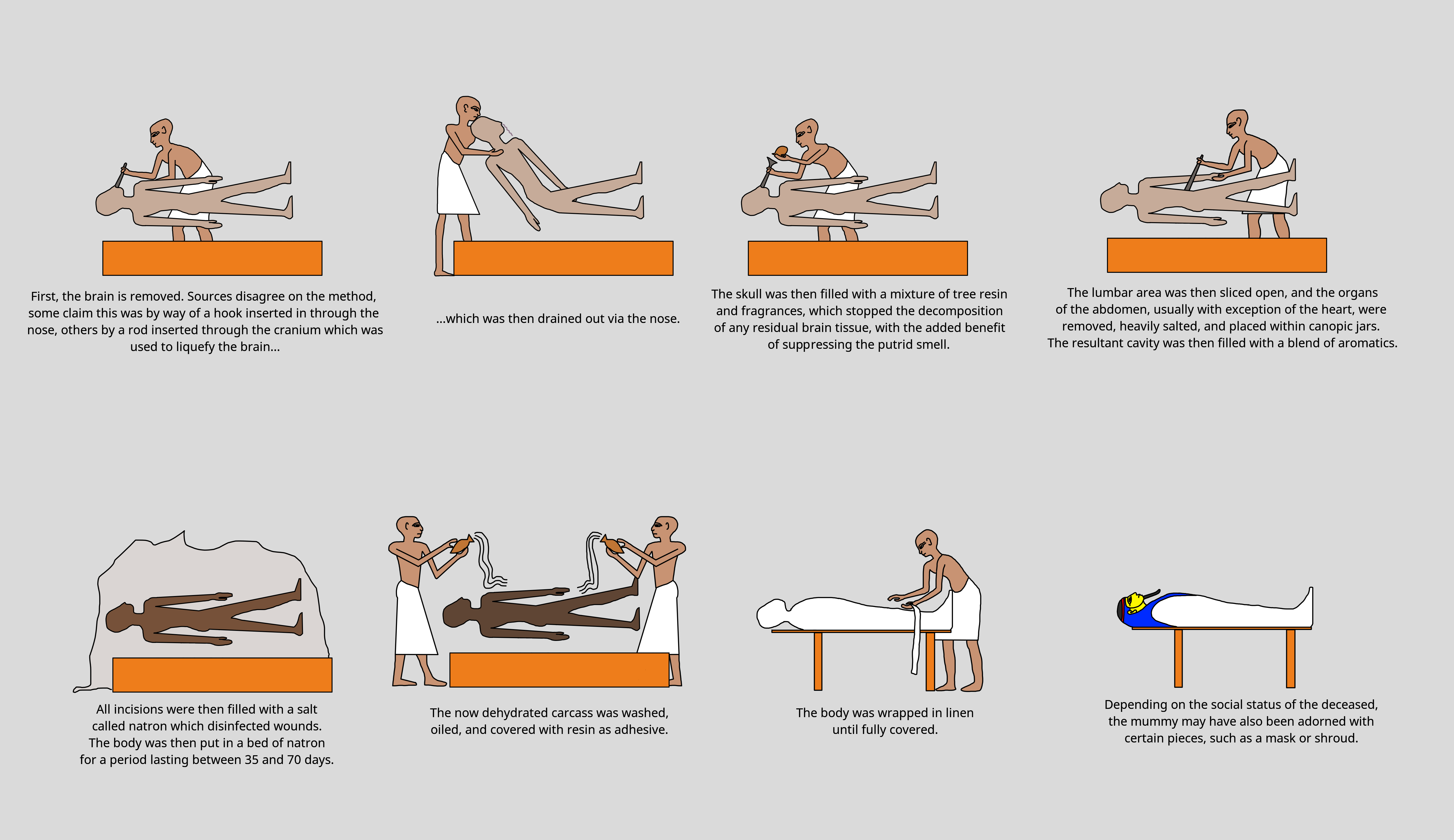
Mummification was central to ancient Egyptian funerary customs. They believed preserving the body ensured the soul’s journey to the afterlife. The process involved removing internal organs, drying the body with natron, and wrapping it in linen. Tombs were filled with items needed for the afterlife, like food, amulets, and personal possessions. Elaborate tombs like pyramids were built for pharaohs, symbolizing their divine status.
Sky Burials of Tibet
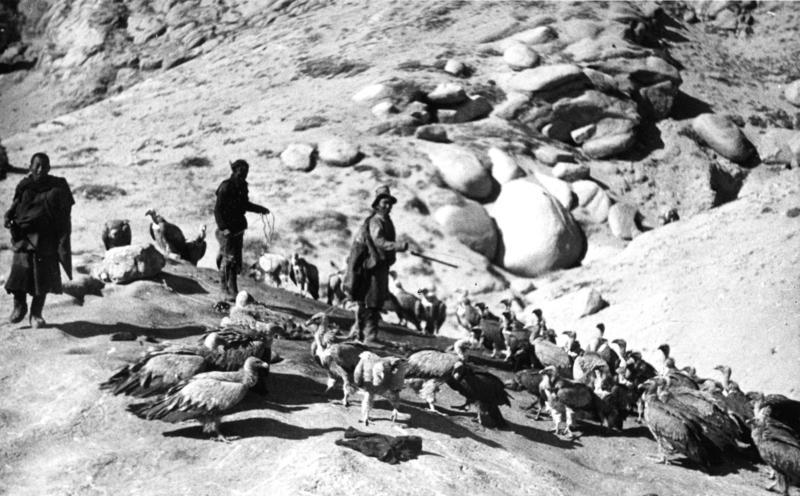
Tibetan sky burials were rooted in Buddhist beliefs about life and death. Bodies were left exposed on mountaintops, allowing vultures to consume them. This practice symbolized the return of the body to nature. It also reflected the idea that the soul had moved on, and the body was merely a vessel. Sky burials were seen as an act of compassion, feeding animals rather than letting the body decay.
Moche Human Sacrifice and Burial

The Moche civilization in ancient Peru practiced elaborate burials involving human sacrifice. Important individuals, like rulers, were buried with sacrificial victims. Their bodies were placed in large tombs with offerings of gold, pottery, and food. The sacrifices were believed to accompany the dead into the afterlife, ensuring their protection. This practice was both religious and political, showcasing the power of the elite.
Viking Ship Burials

The Vikings believed in sending their dead on a journey to the afterlife via ship burials. Important figures like warriors or chiefs were buried in actual ships or ship-shaped graves. The dead were often laid with weapons, animals, and treasures. Some ship burials included burning the vessel, sending the deceased’s spirit off to Valhalla. The burial demonstrated honor and respect for the individual’s status.
The Catacombs of Ancient Rome

In ancient Rome, early Christians practiced burial in underground catacombs. These vast networks of tunnels were carved beneath the city to bury the dead in a protected space. Bodies were placed in niches along the walls, often marked with symbols of their faith. The catacombs also served as a place for worship and gathering. This method of burial provided privacy and safety during periods of persecution.
Ancient Greek Funerary Rites
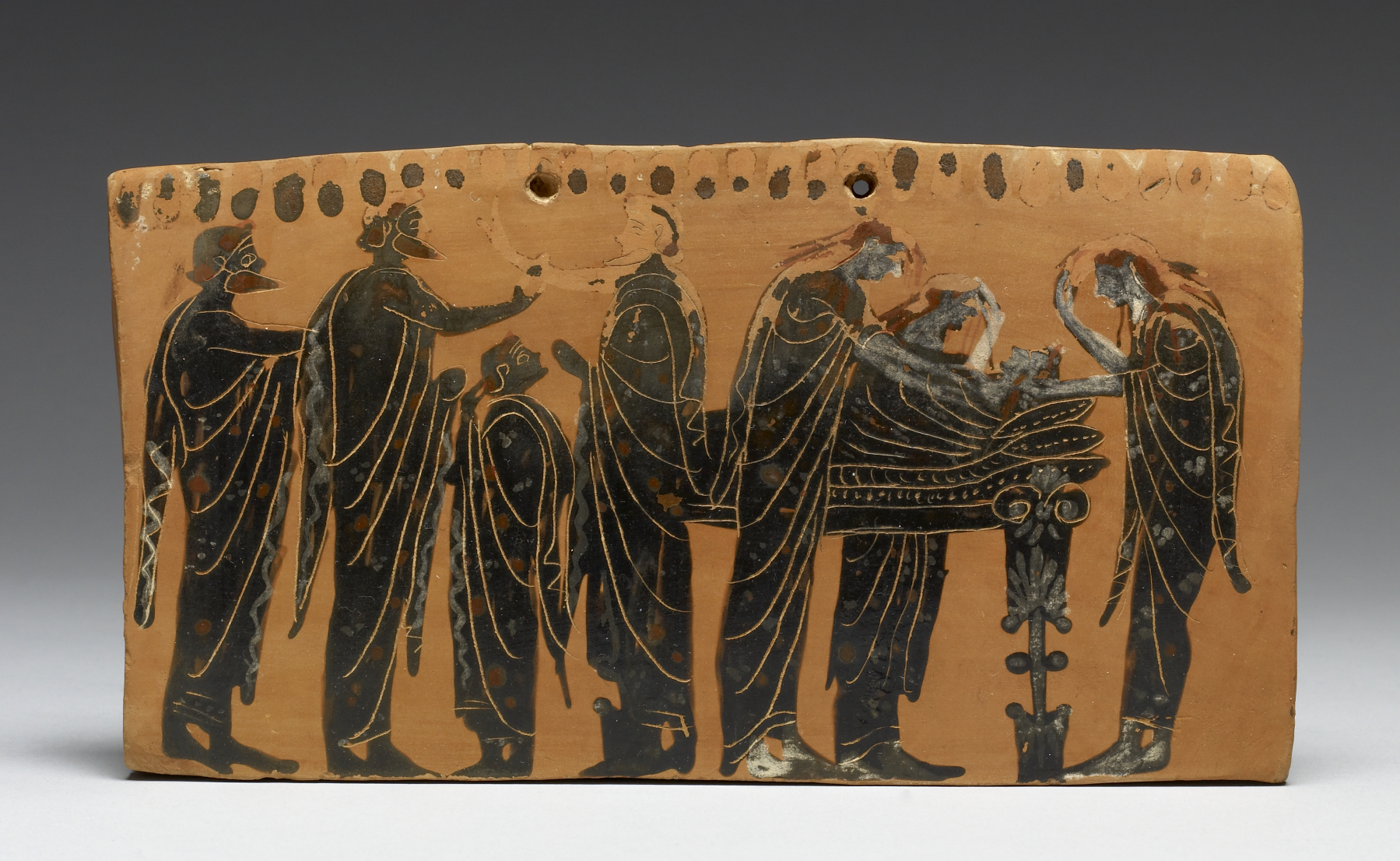
In ancient Greece, burial practices involved preparing the dead for the afterlife through elaborate rites. Bodies were washed, anointed with oils, and dressed in fine clothes. A coin was placed in the mouth to pay Charon, the ferryman of the underworld. The dead were then buried with grave goods like pottery and weapons. Greek funerals reflected their belief in the afterlife and the importance of honor in death.
Neolithic Megalithic Tombs
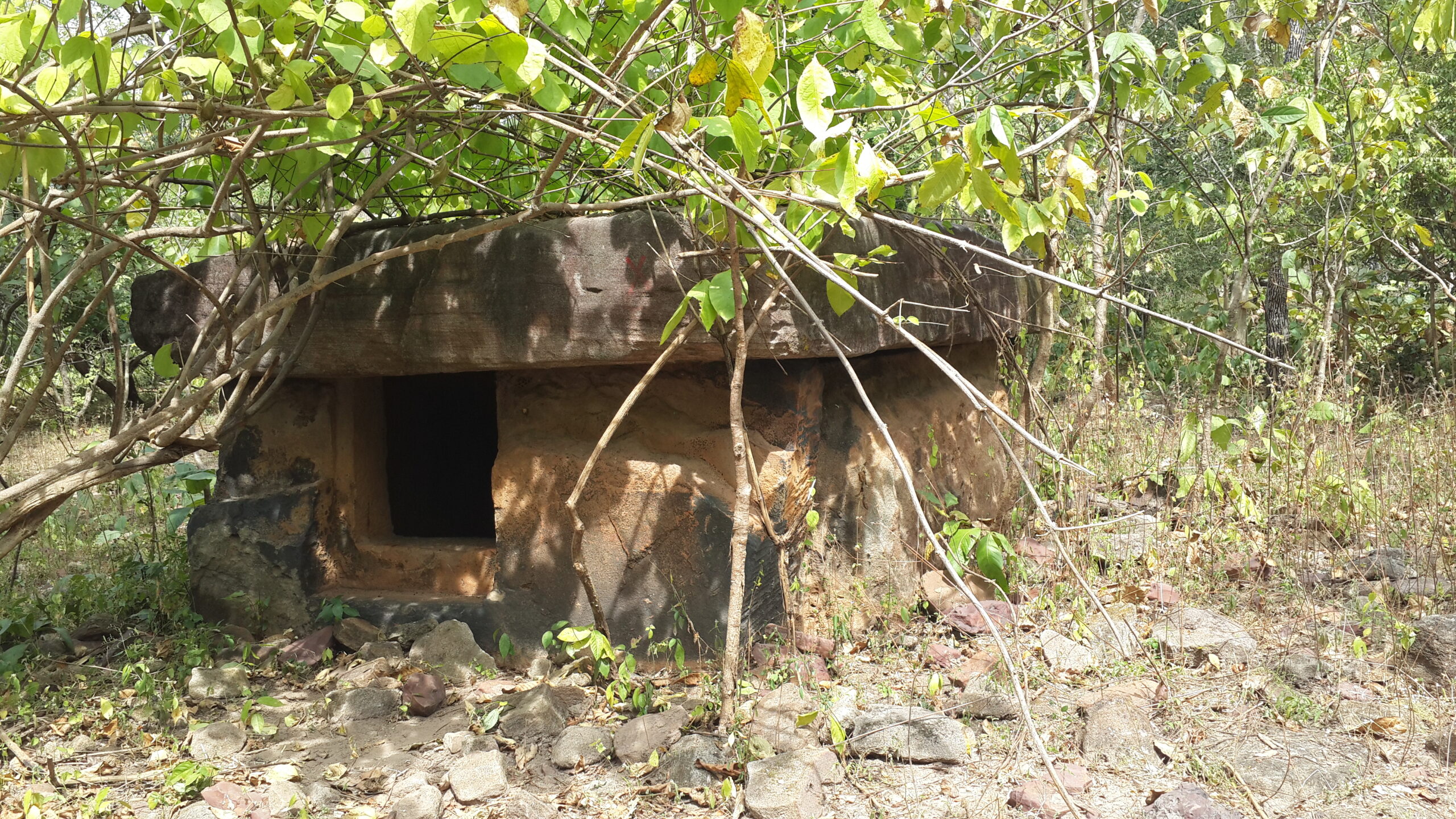
Megalithic tombs from the Neolithic era were monumental burial sites made from large stones. These tombs often contained multiple burials, suggesting a communal approach to death. Tombs like dolmens and passage graves were constructed in precise alignments, possibly tied to astronomical events. The large stones were carefully placed to mark the significance of the site. These structures are found across Europe and reflect early beliefs about death and the afterlife.
The Terracotta Army in China
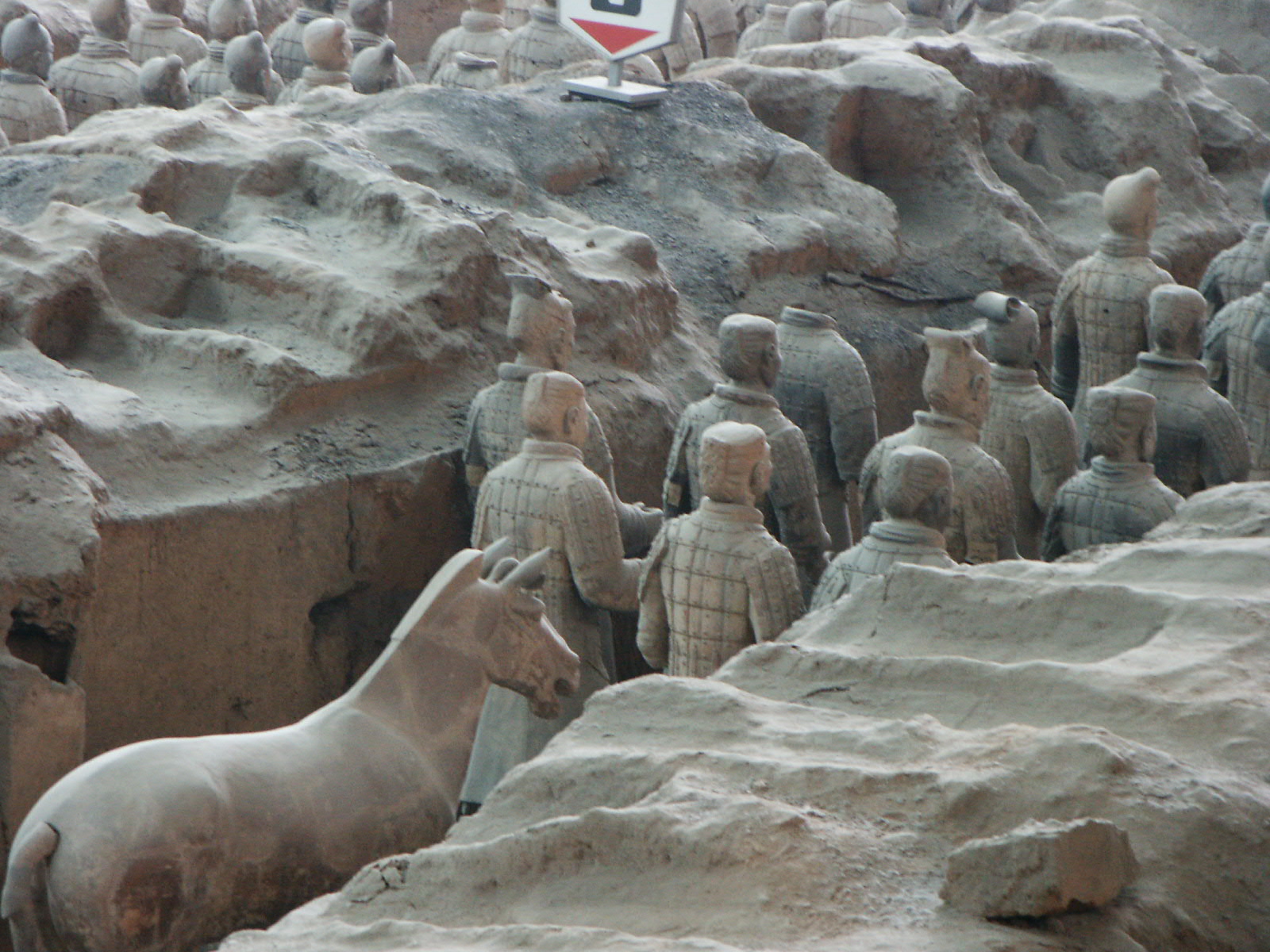
The Terracotta Army was created to protect China’s first emperor, Qin Shi Huang, in the afterlife. Thousands of life-sized clay soldiers, horses, and chariots were buried in his tomb. Each figure was crafted with unique details, representing different ranks in the army. The sheer scale of the burial site demonstrates the emperor’s power and belief in an afterlife where he continued to rule. This ancient burial practice remains one of the most impressive archaeological finds in history.
Celtic Bog Bodies
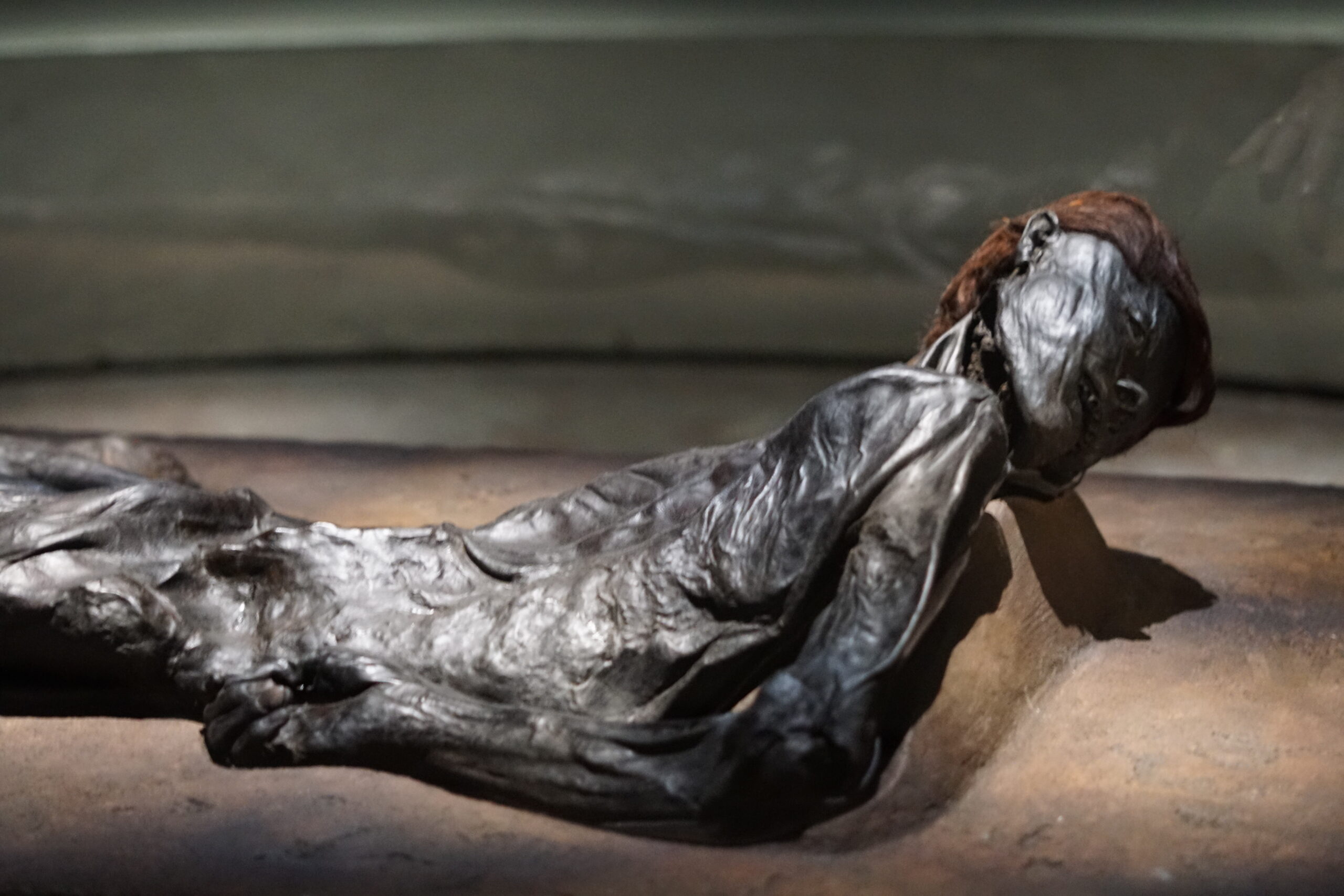
In ancient Celtic culture, certain individuals were buried in bogs, where their bodies were remarkably preserved. The high acidity and low oxygen of the bogs created a natural mummification process. These bog bodies often show signs of ritual sacrifice, with ropes or weapons found alongside them. The burials were thought to be offerings to the gods, possibly linked to fertility or land rites. The preservation of these bodies offers insight into Celtic rituals and practices.
Chullpas of the Inca
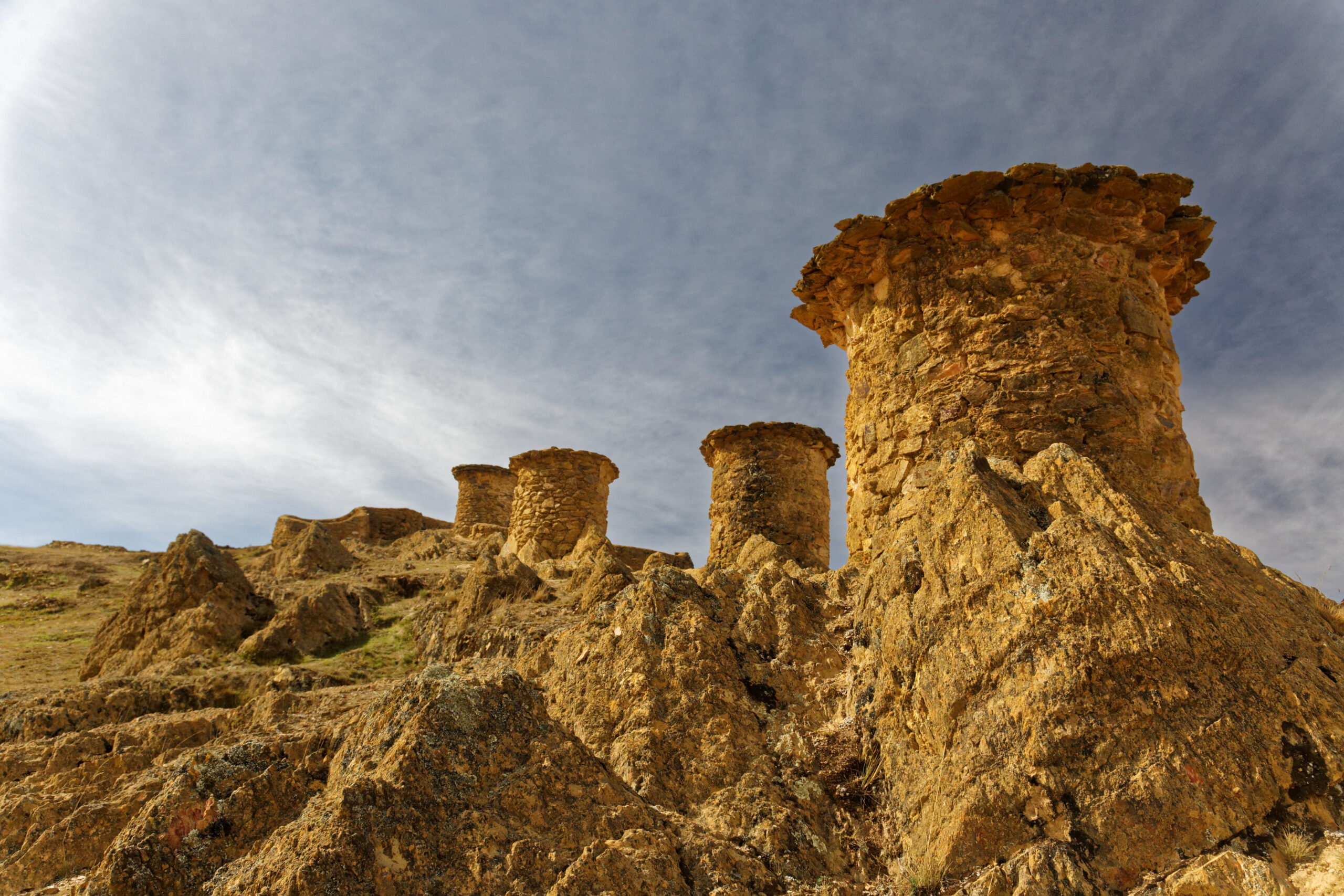
The Inca buried their dead in chullpas, which were tall, stone towers found in the Andean highlands. These towers housed the remains of important individuals, often leaders or nobles. The deceased were buried with items like textiles, food, and tools for the afterlife. Chullpas were designed to face the rising sun, symbolizing rebirth and continuity. This burial practice shows the importance of ancestor worship in Inca society and their belief in the afterlife.
Hindu Sati Ritual

The ancient Hindu practice of sati involved a widow sacrificing herself on her husband’s funeral pyre. This ritual was believed to ensure that the husband and wife would be united in the afterlife. Sati was considered an act of devotion and ultimate sacrifice. Though rare, it was revered in certain parts of India. The practice has long been outlawed but remains a powerful symbol of devotion in ancient Hindu culture.
This article originally appeared on Rarest.org.
More from Rarest.org
13 Futuristic Concept Cars You Need to See

The world of concept cars offers a fascinating glimpse into the future of automotive design, blending cutting-edge technology with bold, innovative ideas. Read More.
1961 Lincoln Penny Value Guide
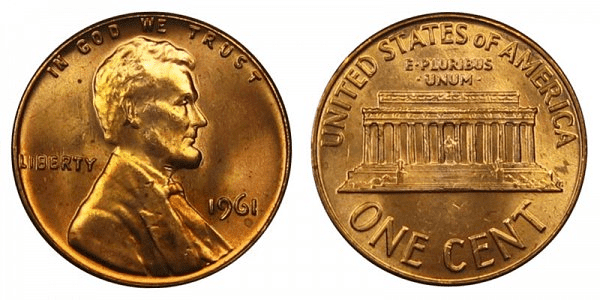
The 1961 Lincoln penny, also known as the Lincoln cent, is made of 95% copper and 5% tin and zinc. Today, the composition is different. Read More.
15 Surreal Rock Formations Carved by Nature’s Forces

Nature has an incredible way of shaping the world around us, and some of its most fascinating creations are the surreal rock formations found across the globe. Read More.
